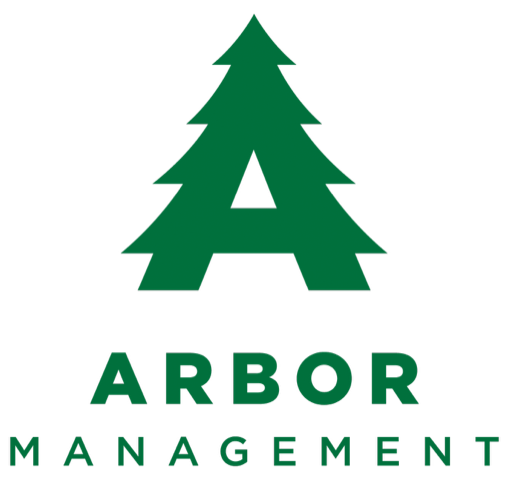As ISA Certified Arborists serving the Metro East area, we regularly encounter various tree and plant diseases that affect Illinois landscapes. Understanding these common diseases can help property owners identify problems early and take appropriate action to protect their valuable trees and plants.
Oak Wilt: A Serious Threat to Illinois Oaks
Understanding Oak Wilt
Oak wilt is one of the most devastating diseases affecting Illinois oak trees, particularly red oaks. This fungal disease spreads through root systems and can kill a mature oak tree within weeks of infection. Early detection is crucial for preventing spread to nearby trees.
Symptoms to Watch For
- Leaves turning brown from the edges inward
- Rapid leaf drop during summer months
- Discoloration of leaves starting at the crown
- Fungal mats under bark in advanced cases
Prevention and Management
- Avoid pruning oaks during growing season (April-October)
- Immediately seal any wounds on oak trees
- Consider root barriers between infected and healthy trees
- Remove infected trees promptly to prevent spread
Dutch Elm Disease: Still a Persistent Problem
Disease Characteristics
Despite decades of management efforts, Dutch elm disease continues to affect Illinois elms. This fungal disease, spread by bark beetles, can rapidly kill mature elm trees and spread through root grafts to nearby trees.
Key Symptoms
- Wilting and yellowing leaves
- Branch dieback starting at tree crown
- Brown streaking under bark
- Rapid decline, especially in summer
Management Strategies
- Regular monitoring for early symptoms
- Preventive fungicide treatments
- Prompt removal of infected trees
- Selection of disease-resistant elm varieties for new plantings
Apple Scab: Common in Crabapples and Ornamental Trees
Disease Overview
Apple scab is a fungal disease that primarily affects crabapples and apple trees. While rarely fatal, it can significantly impact tree appearance and health over time.
Identifying Apple Scab
- Dark olive-green spots on leaves
- Premature leaf drop
- Deformed or spotted fruit
- Repeated infections can weaken trees
Treatment and Prevention
- Plant resistant varieties
- Fall cleanup of infected leaves
- Preventive fungicide applications
- Proper pruning for air circulation
Fire Blight: Threat to Fruit Trees and Ornamentals
Understanding Fire Blight
This bacterial disease affects members of the rose family, including apple, pear, and ornamental trees. It’s particularly aggressive during warm, wet springs.
Recognizable Symptoms
- Blackened leaves and twigs
- Shepherd’s crook formation in branches
- Cankers on branches and trunk
- Bacterial ooze in warm weather
Control Methods
- Prune out infected branches
- Sanitize pruning tools between cuts
- Avoid excessive nitrogen fertilization
- Consider preventive antibiotic treatments
Anthracnose: Wide-Ranging Impact
Disease Characteristics
Anthracnose affects many tree species in Illinois, including sycamore, dogwood, and maple. It’s particularly active during cool, wet spring weather.
Common Symptoms
- Irregular brown spots on leaves
- Leaf cupping and distortion
- Twig dieback
- Premature leaf drop
Management Approaches
- Improve air circulation through pruning
- Remove and destroy infected leaves
- Apply protective fungicides when necessary
- Maintain tree vigor through proper care
Pine Wilt: Growing Concern for Conifers
Disease Details
Pine wilt, caused by microscopic nematodes, primarily affects Scots and Austrian pines in Illinois. The disease can kill trees rapidly, often within a few months of infection.
Identifying Pine Wilt
- Needles turning grayish-green
- Rapid browning of entire tree
- Reduced resin flow
- Death typically within 3-6 months
Control Strategies
- Remove infected trees promptly
- Avoid moving infected wood
- Plant resistant pine species
- Maintain tree vigor through proper care
Preventive Care and Maintenance
Year-Round Tree Health Program
The best defense against tree diseases is maintaining healthy trees through proper care:
- Regular professional inspections
- Appropriate watering practices
- Proper mulching techniques
- Balanced fertilization programs
- Professional pruning services
When to Contact an Arborist
Early intervention is crucial for managing tree diseases. Contact a certified arborist if you notice:
- Unusual leaf discoloration
- Premature leaf drop
- Branch dieback
- Fungal growth
- Bark abnormalities
- Declining tree health
Professional Tree Care Services
At Arbor Management, our ISA Certified Arborists provide comprehensive tree health services including:
- Disease diagnosis and treatment
- Preventive care programs
- Emergency response services
- Regular monitoring and maintenance
- Professional pruning and care
Contact Us for Tree Health Assessment
If you’re concerned about the health of your trees, contact our certified arborists for a professional evaluation.
